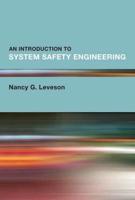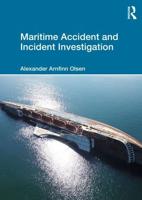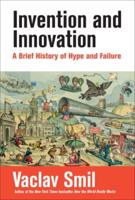Publisher's Synopsis
Excerpt from Bruising of Pacific Northwest Apples During Shipment and Distribution to Retail Stores in Texas
From two years studies it is concluded that with boxes having pads and tier separators there will be more damage done in transit and distribution when the pack is heavy than when it is light.
Apples in boxes receiving regular commercial handling between shipping point cold storage and the Dallas retail stores had about twice as nany severe bruises. As apples in boxes handled with care. There were more severe bruises per hundred fruits in the bottom layer apples of the boxes against the car floor racks than in the bottom of boxes in the top layer of the load9 both of which received regular commercial handling in loading. Where boxes were not thrown into position in carloading nor otherwise handled with impact9 the amount of severe bruising in the bottom layers of boxes was not greatly different from other parts of the load. This indicates that excessive bruising in the bottom layer was caused by the heavy impacts of boxes during loading.
The bruising of apples in tray-pack cartons loaded cross-wise of the car was not markedly different from those loaded lengthwise. As the packages had little shifting in transit the conclusion that crosswise loading of cartons is as satisfactory as lengthwise in tight loads. It seems preferable that cartons be loaded lengthwise of the car9 but where it is necessary to do cross-wise loading strict attention should be given to tight loading to avoid slackness and the rocking of the stacks.
About the Publisher
Forgotten Books publishes hundreds of thousands of rare and classic books. Find more at www.forgottenbooks.com
This book is a reproduction of an important historical work. Forgotten Books uses state-of-the-art technology to digitally reconstruct the work, preserving the original format whilst repairing imperfections present in the aged copy. In rare cases, an imperfection in the original, such as a blemish or missing page, may be replicated in our edition. We do, however, repair the vast majority of imperfections successfully; any imperfections that remain are intentionally left to preserve the state of such historical works.










